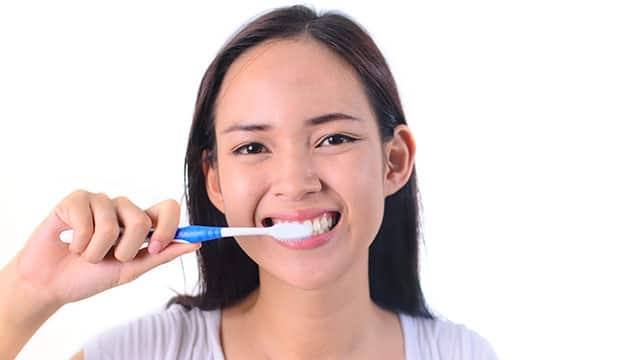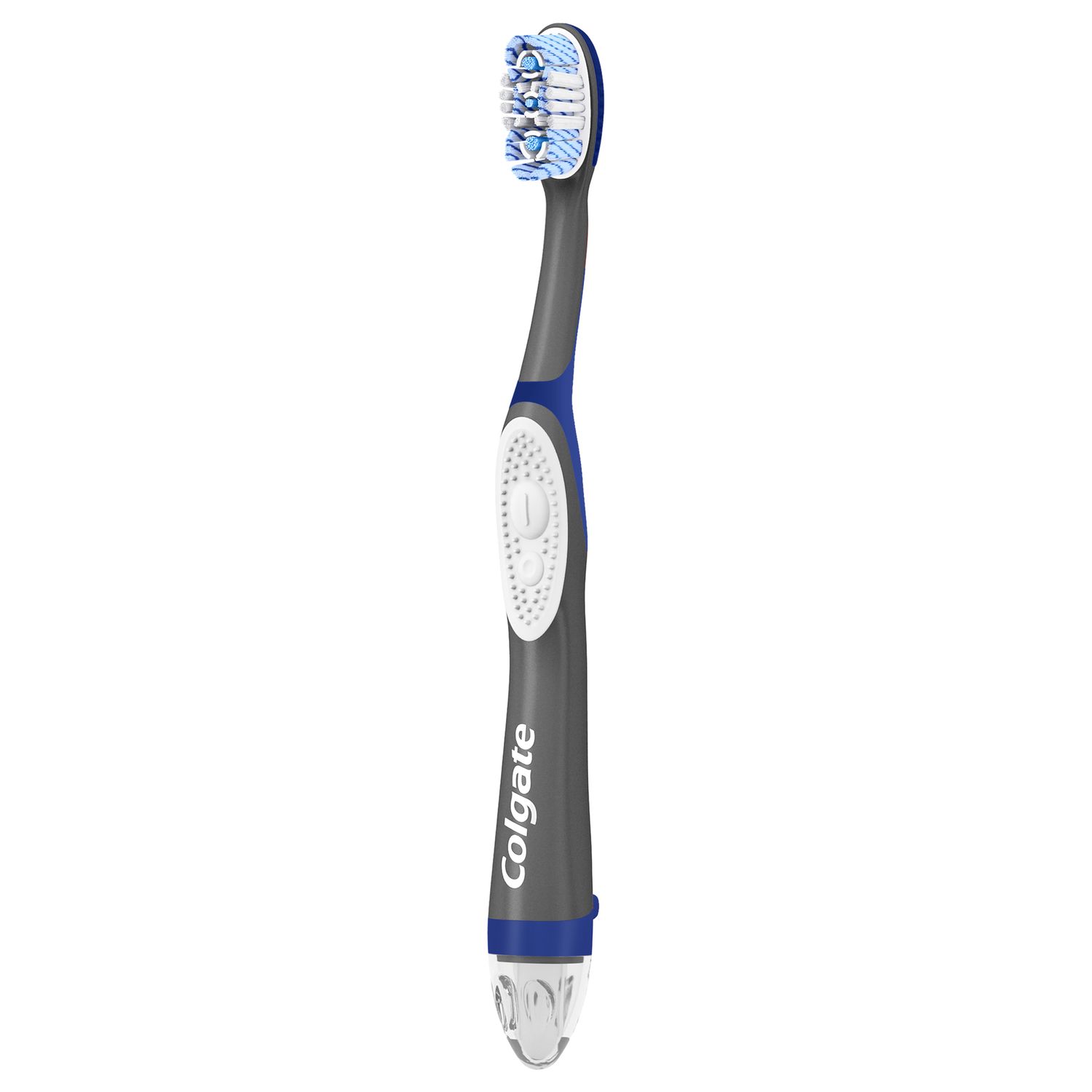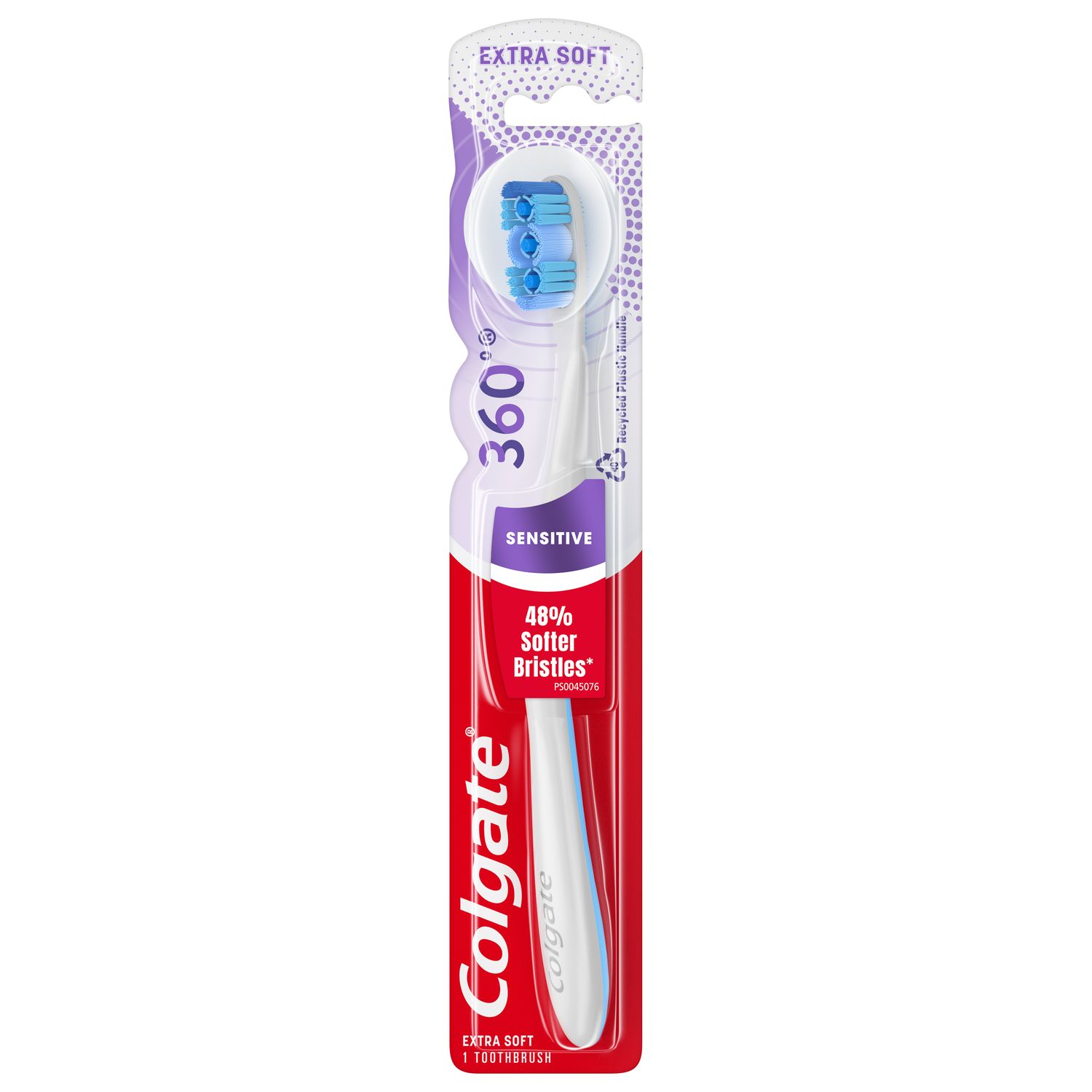What Is a Gum Graft?
A gum graft is a surgical procedure where gum tissue is removed from one part of your mouth and placed in another. It’s designed to cover tooth roots that have been exposed by gum recession, where the gum tissue starts to recede, or shrink away, from the roots. It may also be performed before a dental implant as part of a procedure to create enough support for the new tooth.
Why Is a Gum Graft Important?
Gum recession is most commonly caused by gum disease. As the gums pull away from the teeth, pockets form under the gum line and trap food and bacteria. This can ultimately lead to bone and tooth loss, so it may be necessary to correct the problem with a gum graft if other non-surgical options are not suitable.
Gum grafts are also important for protecting the roots of the teeth. Unlike the crowns of your teeth (the parts that are usually visible), the roots aren’t covered with hard dental enamel. Instead, they’re covered with a weaker material called cementum.
Normally, that’s not a problem because cementum sits under the gum tissue. However, if your gums are receding, that cementum becomes exposed to plaque and dietary acids. Because cementum is not as tough as enamel, tooth decay can take hold faster, and cavities can quickly develop. You may also experience intense sensitivity.
Root cementum is darker than enamel, so some people have a stark contrast in color between the crown and exposed root. Gum recession can also make the teeth appear much longer. For those reasons, some people may wish to have gum grafts for cosmetic reasons, too.
Risk Factors for Gum Recession
Inadequate oral hygiene, hormone changes, diabetes, and other illnesses can increase your gum disease risk, leading to gum recession. Although many people who have receding gums develop them due to periodontal disease, recession can also occur because of your family history or genes. For example, did you know that some people naturally have weaker gum tissue than others?
The Centers for Disease Control and Prevention (CDC) reports another leading risk factor: tobacco. They state that smokers are twice as likely to develop gum disease than non-smokers. So gum recession is another reason to kick the habit!
Other risk factors for gum recession include an aggressive or improper brushing technique, extreme force put on your teeth from grinding or clenching, and the unusual pressure brought on by misaligned teeth. Also, keep in mind that tongue and lip piercings can rub and irritate your gums, wearing the tissue away.
Types of Gum Grafts
Depending on your situation, your dentist or periodontist may perform one of the following three grafts:
Connective tissue graft. This is the most common type of graft, and it's usually done when you havefor many areas of recession. Your dentist will take underlying connective tissue from a flap made on the roof of your mouth and then stitch it over the exposed roots.
Free gingival graft. Suppose you have fragile gum tissue that needs reinforcing. In that case, your dentist may take a small piece of tissue from your palate (the roof of your mouth) and attach it to the existing gum tissue around your tooth. Your dentist may use freeze-dried human tissue from another source to avoid having two surgical sites, or when they need a large amount of tissue.
Pedicle graft. This procedure uses gum tissue next to the exposed roots. It is only possible if the tissue is thick and healthy. Your dentist will cut a small piece of healthy tissue away, then rotate and stitch it into position over the roots.
Depending on your situation, you may need another procedure alongside, or instead of, a gum graft. These include regeneration, scaling and root planing, and gum contouring.
Is a Gum Graft Painful?
Whether you need a graft for one tooth or multiple, your dentist will keep you pain-free during the grafting procedure by numbing the surgical areas with a local anesthetic. After the surgery is complete, they will place a dressing over the grafting site to protect it during the healing period.
However, once you are home and the anesthesia has worn off, you will experience some discomfort and swelling for a few days. But you won't be alone here. Your dentist will prescribe you pain medication for any pain after a gum graft, and possibly an antibiotic to prevent infection. If you find that the pain is severe and is not responding to pain medication, contact your dentist or periodontist for further support.
Pain Management After a Gum Graft
To keep gum graft surgery pain to a minimum, and avoid unnecessary complications, follow the after-surgery instructions given to you by your dentist or periodontist. These might include the following:.
For bleeding, place gauze on either side of the surgery site but not on top of it.
Avoid physical activities for the first 24 hours after surgery.
Avoid pulling your lips to view the wound.
Keep your tongue away from the surgical area.
Don't remove the dressing.
Don't brush or rinse your mouth on the day of the surgery.
Swish with a mouth rinse after the first 24 hours post-surgery to kill bacteria.
When you return to brushing your teeth, don't brush near the grafting area for one month. After this period, use gentle movements with a very soft toothbrush.
What to Eat After a Gum Graft
To help your gums heal after a gum graft, it’s important to eat a nutritious diet. However, keep the following in mind to avoid irritating your delicate gums:
Stick to liquids and soft foods like soup, yogurt or mashed potato.
Fill up on soft fruits and veggies in particular.
Avoid alcohol and spicy, salty or acidic foods.
Avoid foods with hard, crunchy or sticky textures.
Avoid foods and drinks that are very hot or very cold.
Gum Graft Recovery and Healing
Rest assured that the recovery process after a gum graft is usually short. It's common to have some soreness in the surgical area for a day or so afterward. But you'll most likely feel well enough to return to your usual activities a few days after surgery. So as not to irritate or inflame the healing graft but still keep your mouth clean, your dentist or periodontist might prescribe a special mouth rinse. This rinse will help kill bacteria while you wait to resume your regular brushing and flossing (also known as interdental cleaning) regimen.
When Is it Too Late for a Gum Graft?
If you have extensive gum or bone loss, you may not be a suitable candidate for a gum graft. It may be difficult to properly cover the exposed roots and the risk of failure will be higher. You will also have an increased risk of complications like pain, infection and delayed healing.
If you think you might benefit from a gum graft, see your dentist as soon as possible. The less advanced your gum recession is, the more chance you have of a successful outcome.
Your dental professional may be the first to notice an area of gum recession while examining your teeth. That's one more reason to be diligent about scheduling your regular examination and cleaning appointments. If you grind your teeth at night, ask your dentist about a mouthguard to help break the habit and discuss tooth-straightening options for any misaligned teeth. Ultimately, keeping watch for the early signs of gum disease will help you catch the infection before it requires professional care. Early symptoms include swollen gums that bleed easily and persistent bad breath.
Preventing gum recession is much easier and less costly than treatment for receding gums. So, if you've lacked a home care routine or missed a recent dental appointment, it's time to get going! And call your dentist at the first sign of periodontal trouble. If you receive a gum recession diagnosis and are afraid of gum graft pain, don't feel bad. Have a conversation with your dentist about how they will mitigate your pain during and after surgery. Having a plan will help this procedure go smoothly so you can start feeling confident about your smile!
This article is intended to promote understanding of and knowledge about general oral health topics. It is not intended to be a substitute for professional advice, diagnosis or treatment. Always seek the advice of your dentist or other qualified healthcare provider with any questions you may have regarding a medical condition or treatment.
ORAL HEALTH QUIZ
What's behind your smile?
Take our Oral Health assessment to get the most from your oral care routine
ORAL HEALTH QUIZ
What's behind your smile?
Take our Oral Health assessment to get the most from your oral care routine















